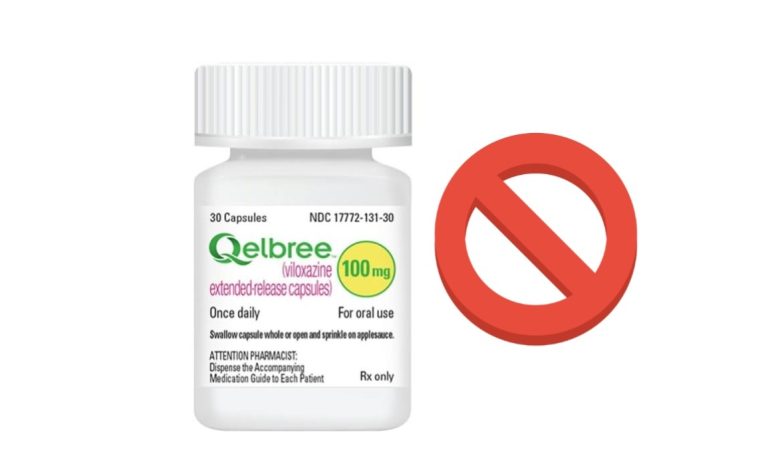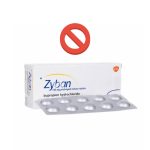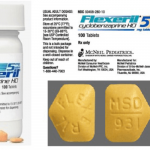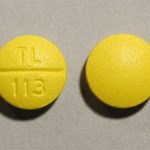Why Was Viloxazine Discontinued?

Viloxazine is a medication primarily used as an antidepressant and is classified as a serotonin-norepinephrine reuptake inhibitor (SNRI). It was first developed by Pierre Fabre Medicament in France and was introduced in Europe in the early 1970s under the brand name Vivalan.
In 1983, Viloxazine was approved by the United States Food and Drug Administration (FDA) for the treatment of depression under the brand name, Emovit. Viloxazine has been found to be effective in treating depression in clinical trials, particularly in patients with atypical depression, which is characterized by symptoms such as increased appetite and oversleeping. It has also been shown to have a low incidence of side effects compared to other antidepressants, such as selective serotonin reuptake inhibitors (SSRIs) and tricyclic antidepressants (TCAs).
Why Was Viloxazine Discontinued?
Viloxazine was withdrawn from the US market in 2002 due to low sales and the availability of newer antidepressant drugs. Currently, Viloxazine is still available in some countries under various brand names, including Vivalan, Emovit, and Qelbree, which was recently approved by the FDA in 2021 for the treatment of attention deficit hyperactivity disorder (ADHD) in children and adolescents aged 6 to 17 years.
Viloxazine is usually taken orally in the form of tablets or capsules. The dosage and frequency of administration depend on the condition being treated and the patient’s age, weight, and overall health.
For depression, the typical starting dose of Viloxazine is 150 mg per day, divided into two or three doses. The dose may be increased gradually based on the patient’s response and tolerability, up to a maximum of 450 mg per day. The medication is usually taken with food to minimize gastrointestinal side effects.
For ADHD, the recommended starting dose of Viloxazine is 100 mg once daily in the morning, with or without food. The dose may be increased after a minimum of one week to a maximum of 300 mg per day. Viloxazine should be taken at the same time each day to maintain a consistent level of the medication in the body.
What are the side effects of Viloxazine?
Like all medications, Viloxazine can cause side effects, although not everyone will experience them. Common side effects of Viloxazine include:
• Nausea
• Dry mouth
• Dizziness
• Headache
• Insomnia or drowsiness
• Constipation
• Blurred vision
• Increased sweating
• Fatigue or weakness
In rare cases, Viloxazine can cause more serious side effects, including:
• Suicidal thoughts or behavior, particularly in children and young adults
• Serotonin syndrome, a potentially life-threatening condition characterized by agitation, confusion, rapid heart rate, high blood pressure, sweating, tremors, and muscle rigidity
• Hepatotoxicity, or liver damage
• Hypertension, or high blood pressure
• Cardiovascular events, such as heart attack or stroke
Patients who experience any severe or persistent side effects while taking Viloxazine should contact their healthcare provider immediately. It is important to discuss the potential benefits and risks of Viloxazine with a healthcare provider before starting treatment.
How Much Does Viloxazine Alternatives Cost?
The cost of Viloxazine alternatives can vary depending on the specific medication, dosage, and location. Here are some examples of Viloxazine alternatives and their estimated costs in the United States:
1. Selective serotonin reuptake inhibitors (SSRIs): These medications are commonly used to treat depression and anxiety. Examples include fluoxetine (Prozac), sertraline (Zoloft), and escitalopram (Lexapro). The cost of generic versions of these medications ranges from $10 to $40 per month, while brand-name versions can cost up to $300 per month.
2. Serotonin-norepinephrine reuptake inhibitors (SNRIs): These medications, like Viloxazine, work by increasing the levels of both serotonin and norepinephrine in the brain. Examples include venlafaxine (Effexor) and duloxetine (Cymbalta). The cost of generic versions of these medications ranges from $10 to $60 per month, while brand-name versions can cost up to $400 per month.
3. Tricyclic antidepressants (TCAs): These medications were some of the first antidepressants developed and are still used today. Examples include amitriptyline (Elavil) and nortriptyline (Pamelor). The cost of generic versions of these medications ranges from $10 to $20 per month, while brand-name versions can cost up to $200 per month.
It is important to note that the cost of medication can vary widely based on factors such as insurance coverage, discounts, and pharmacy pricing. Patients should talk to their healthcare provider and pharmacist about their options for affordable and effective treatment.





